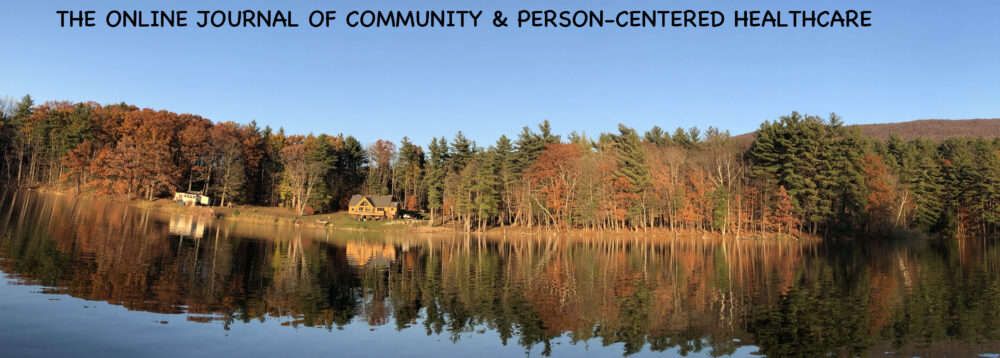Practicing Safe Sun in Galveston
Title: Providing Hats and Sun Safe Information to Galveston’s Homeless
Andrea Francis BS1, Richard F. Wagner Jr MD2
1. The University of Texas Medical Branch, School of Medicine
2. The University of Texas Medical Branch, Department of Dermatology
Corresponding author:
Andrea Francis BS
Email: asfranci@utmb.e
Keywords: Sun safety, Sun Protection, Homeless Health, Dermatology.
INTRODUCTION
Galveston, Texas has a higher rate of homelessness than most U.S. and other Texas cities. The most recent point-of-time survey identified 326 homeless in Galveston during January 2020. The homeless population in subtropical Galveston is at increased risk for facial skin cancer due to daily unprotected outdoor exposure to sunlight. This Quality Improvement Project (QIP) was designed to provide protective clothing (hats) to the homeless population in Galveston and to educate them about the need for protection from sunlight to decrease their daily exposure to ultraviolet radiation and potentially decrease their lifetime risk for future facial skin cancers.
METHODS
Homeless individuals who presented to Galveston Street Ministry on the first Saturday of each month beginning in December 2020 through July 2021 were asked if they would like to have a hat and participate in a survey. Volunteers from the UTMB Dermatology Interest Group proceeded to provide sun safe education and dispel any myths about sun safety in both English and Spanish. Volunteers read out the survey (Figure 1) to willing individuals and all participants received hats. Participants were encouraged to come back for a follow-up survey in the following months. Anonymous participant age, ethnicity, gender, and survey information was collected for statistical analysis. This project was reviewed by the UTMB IRB and determined to be a QIP, not requiring IRB approval or oversight.
RESULTS
From December 2020 to July 2021, 100 hats were distributed to homeless individuals. Seventy-six individuals completed the survey. The average participant was a 54-year-old African American man. Seventeen individuals reported that they were outside without shade for the whole day. The total amount of hours the homeless were outside and unable to seek shade averaged around 10 hours of exposed sunlight per person. Many were not able to wear a hat because they had no access to one, but 13 had baseball caps. Homeless individuals had shade seeking behavior at baseline: 93.5% of those who participated in the survey endorsed shade seeking behavior prior to receiving their hat. In those who did not seek shade, common reasons included external factors like work and not being able to find shade. While not many follow up surveys were completed, the two completed surveys indicated that participants who received hats were more likely to wear them when they were out in the sun and more likely to participate in shade seeking behavior.

CONCLUSION
The Galveston homeless population seek shade and wear hats when available. This may decrease the burden of head and neck skin cancer in this population and highlights the role of socioeconomic challenges that contribute to the disparity between the amount of sun exposure in the homeless compared to their housed counterparts. While hats can provide a temporary solution by allowing coverage of the head and neck area, there are still infrastructure barriers and other primary health preventions that should be implemented to provide better care for this community. Health literacy also played a large confounding variable in this quality improvement project. Patients who lack literacy skills are less likely to participate in screening or disease prevention activities. Social determinants of health are at the center of the many disparities that exist for homeless patients in need of dermatologic care. These disparities may continue to grow because there was a transition from in-person office visits to telehealth visits during the COVID-19 pandemic. Since homeless individuals usually do not have consistent access to telephones or computers, they could face more barriers to receiving effective care. These are all important aspects of care that QIPs should address moving forward to improve and better serve underserved populations.
References
- East K. Point in Time count identifies 326 homeless in Galveston County. https://www.galvnews.com/news/article_4847061f-1adc-5488-a16c-b2a905ca197b.html. Published January 30, 2020. Accessed October 10, 2020.
- Joseph, A., Kindratt, T., Pagels, P. et al. Knowledge, Attitudes, and Practices Regarding Skin Cancer and Sun Exposure among Homeless Men at a Shelter in Dallas, TX. J Canc Educ 35,682–688 (2020). https://doi.org/10.1007/s13187-019-01511-8
- Linos E, Keiser E, Fu T, Colditz G, Chen S, Tang JY. Hat, shade, long sleeves, or sunscreen? Rethinking US sun protection messages based on their relative effectiveness. Cancer Causes Control. 2011;22(7):1067-1071. doi:10.1007/s10552-011-9780-1
- Tammy Kiser & Linda Hulton, 2018. “Addressing Health Care Needs in the Homeless Population: A New Approach Using Participatory Action Research,” SAGE Open,, vol. 8(3), July 2018
Figure 1. Questionnaire Used
Initial and Follow-Up Questions at Galveston Street Ministry:
- How many hours during the day are you usually outside and unable to find shade? (0-12 hours)
- How often do you wear your hat outdoors during the day?
- When you are outdoors during the day, are there times that you don’t wear a hat?
If the person says they do not wear a hat outdoors: Why don’t you wear your hat when outside during the day?
When you are outside during the day, do you ever seek shade?
Follow up if they say no: Why don’t you seek shade during the day?
